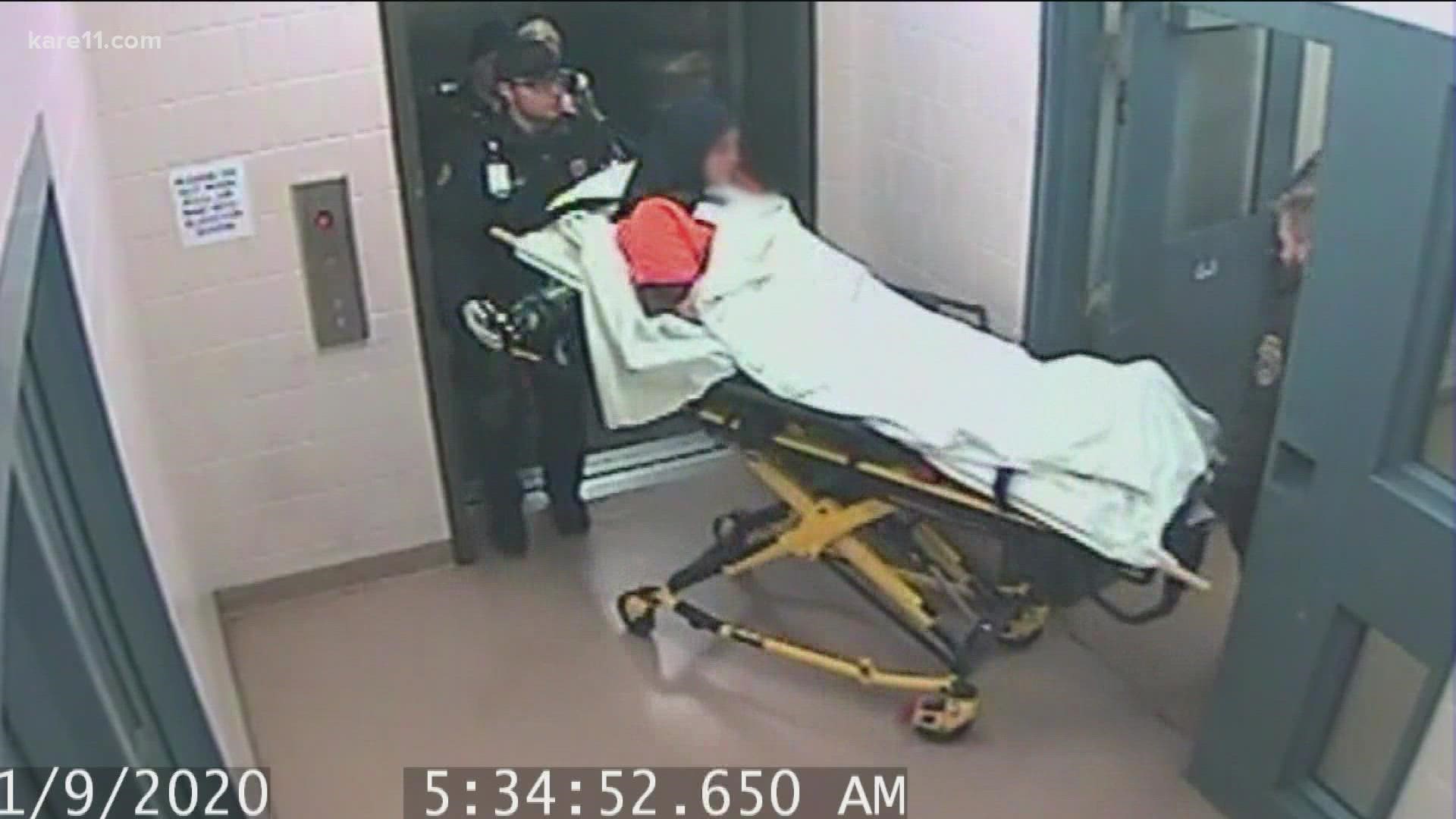MINNEAPOLIS — Innocent, terrified and in labor at the Hennepin County jail, a woman who was 9-months pregnant felt treated like a dog when her jailers took her to a hospital in shackles, in a case first reported by KARE 11.
Sara, who asked that her full name not be used, said she asked one of her jailers why she had been shackled.
“He told me 'this is the law,'” she said.
It’s not.
Use of restraints on pregnant inmates in Minnesota is illegal – only allowed in isolated circumstances for legitimate safety and security needs, an exception that did not apply to Sara.

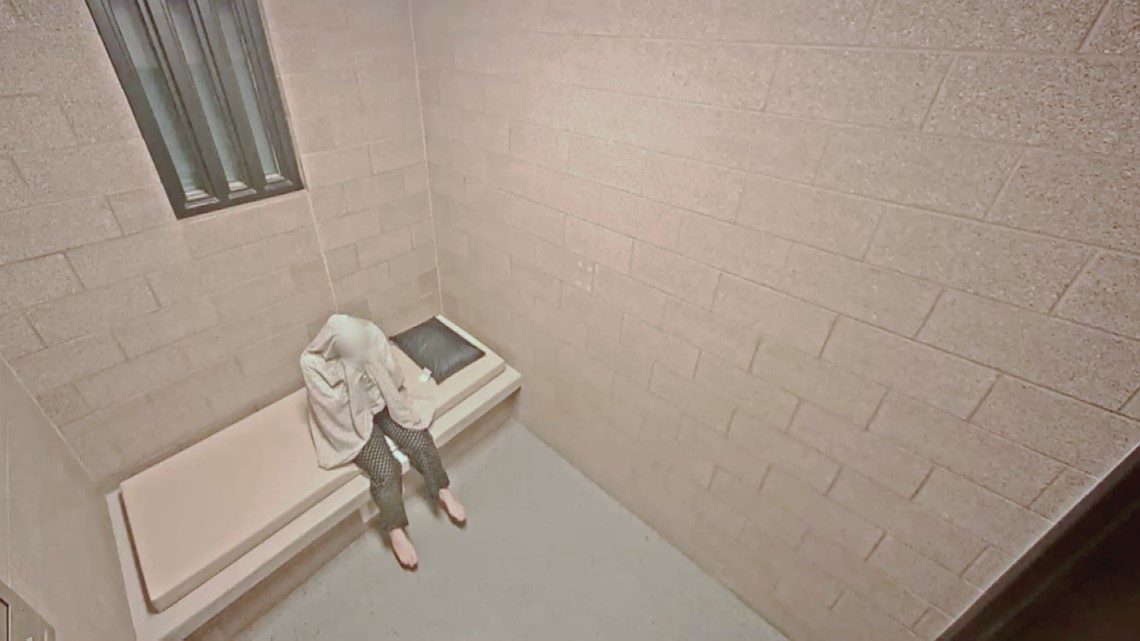
“She is in active labor, she is not running away,” said Rebecca Shlafer, research director for the Minnesota Prison Doula Project who advocated for the anti-shackling law.
The law appears to have been violated twice in Sara’s case.
The Minnesota Department of Corrections (DOC) is required to file annual reports to the state legislature detailing when and why restraints were used on pregnant inmates or women who have given birth in the preceding three days.
Sara’s case was never disclosed. It wasn’t the only one.
A KARE 11 investigation uncovered multiple examples where complaints were filed asserting restraints were used on pregnant and new moms, but the DOC either failed to investigate or document those reports.
‘Poor practices’
The unreported shackling cases raise questions about how often pregnant women – even women in active labor like Sara – have been restrained, said Shlafer, who is also an assistant professor at the University of Minnesota Department of Pediatrics.
“Based on (the DOC) reports, it suggests that this is happening very rarely. The problem is we don’t actually know how accurate those reports are,” Shlafer said.

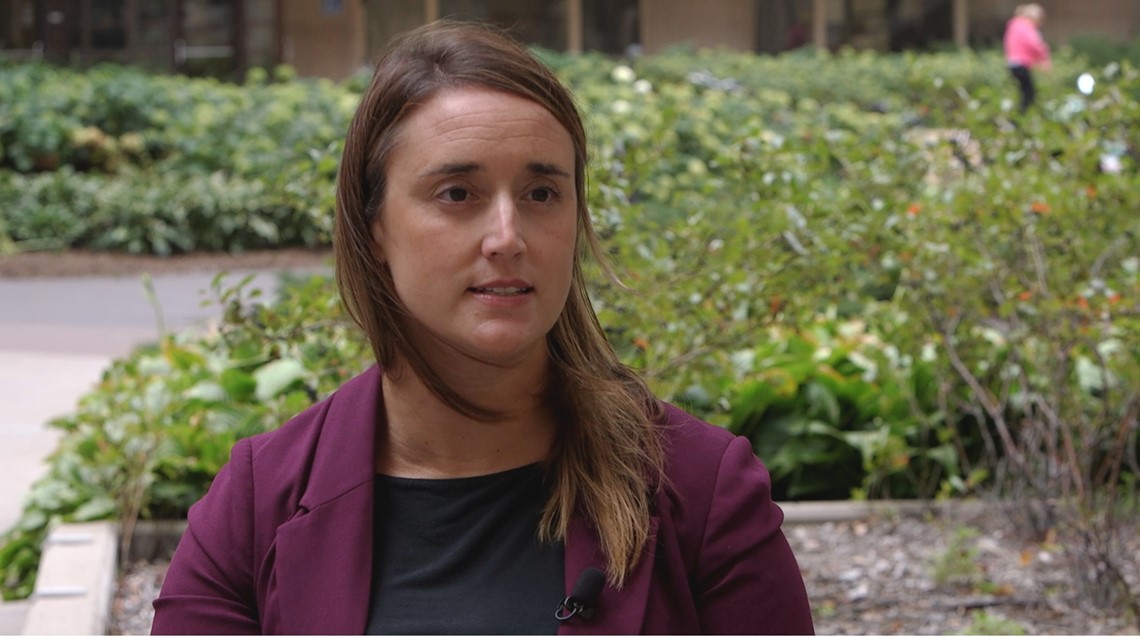
DOC reports to the legislature say restraints were only used on pregnant inmates 15 times since 2015.
When presented with KARE 11’s findings, DOC Commissioner Paul Schnell acknowledged that restraint reports given to the legislature have not been accurate.
“Can I tell you today that what’s reflected in that number is accurate across the state? I can’t,” Schnell said in an interview. “This is poor record keeping, poor practices that I think have been addressed and are being addressed.”
Cases never investigated
Shlafer often gets reports when doulas - birth coaches - see cases of pregnant inmates being shackled. She provided KARE 11 with examples of complaints she made to the DOC about inmates being restrained that were not reported to the legislature.
In one case, the DOC acknowledged that the restraint apparently happened but it wasn’t disclosed to lawmakers.
In two others, the DOC appears to have never investigated the complaints.


Minnesota’s anti-restraint law passed in 2014 and took effect in 2015.
In 2016, emails show Shlafer filed a complaint with the DOC of a pregnant woman being transported from Mille Lacs County to the Pine County jail. It said full restraints were used, including handcuffs attached to a 4-inch belt around the woman’s waist.
That would have been an apparent violation of the state law. However, a DOC spokesman said the agency had no record of the report or of how it was handled.
In 2017, Shlafer sent an email to the then-head of the DOC Inspection Unit reporting that Dakota County was restraining all pregnant inmates to-and-from medical appointments, another apparent violation.

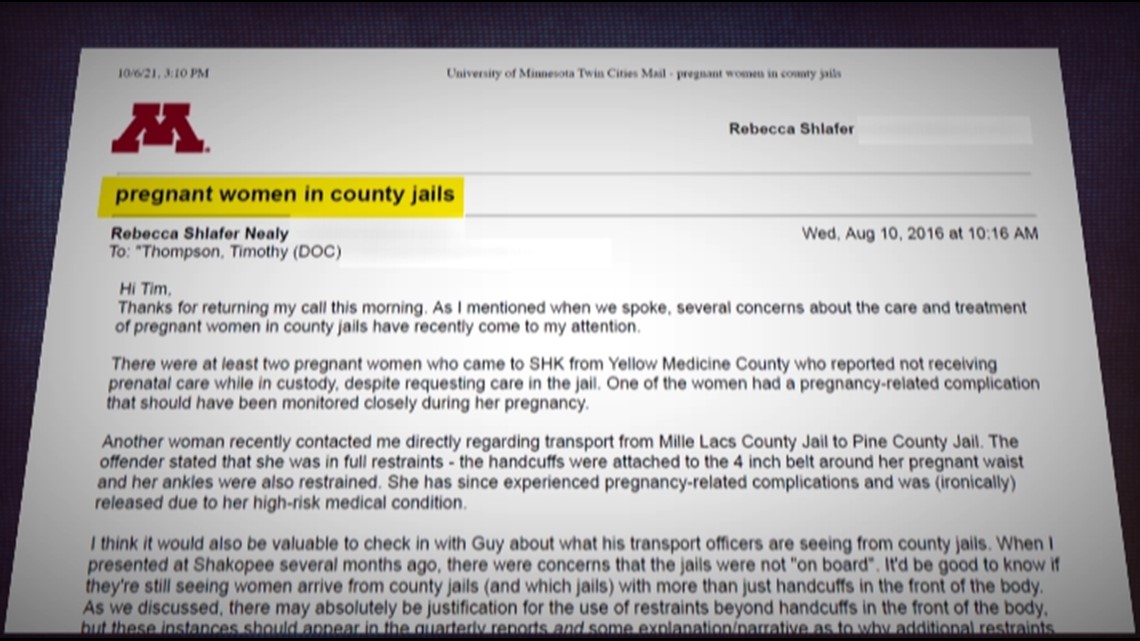
A DOC spokesman said they also had no record of that complaint – or any investigation of it. In a report to the legislature, the department said no pregnant women had been restrained in Dakota County that year.
Dakota County Detention Services Commander Pat Enderlein said the county also has no record the state forwarded the complaint. “I also asked those who were assigned to this division during that time, and they do not recall anything about it,” he said.
Enderlein said the county does not restrain all pregnant inmates to-and-from medical appointments, and maintains that any individual decision to do so would be for security reasons as allowed by state law.
Shackling continued in 2020
In September 2020, Shlafer reported that a Hennepin County inmate had been shackled shortly after giving birth. A DOC inspector responded and told Shlafer that she spoke with the county’s women’s unit supervisor, and that the county was doing an “internal review.”
“From my understanding they had a plan in place for this person and are reviewing this policy to see where it can be changed to keep this from happening again,” the DOC inspector wrote to Shlafer.
Although the county appeared to confirm there had been shackling, the promised review didn’t happen.
When KARE 11 requested the results of that internal investigation and policy changes made, a Hennepin County spokeswoman sent the following statement: “The Minnesota Department of Corrections requested a policy review, which we acknowledge did not occur in a timely manner, but is now underway.”

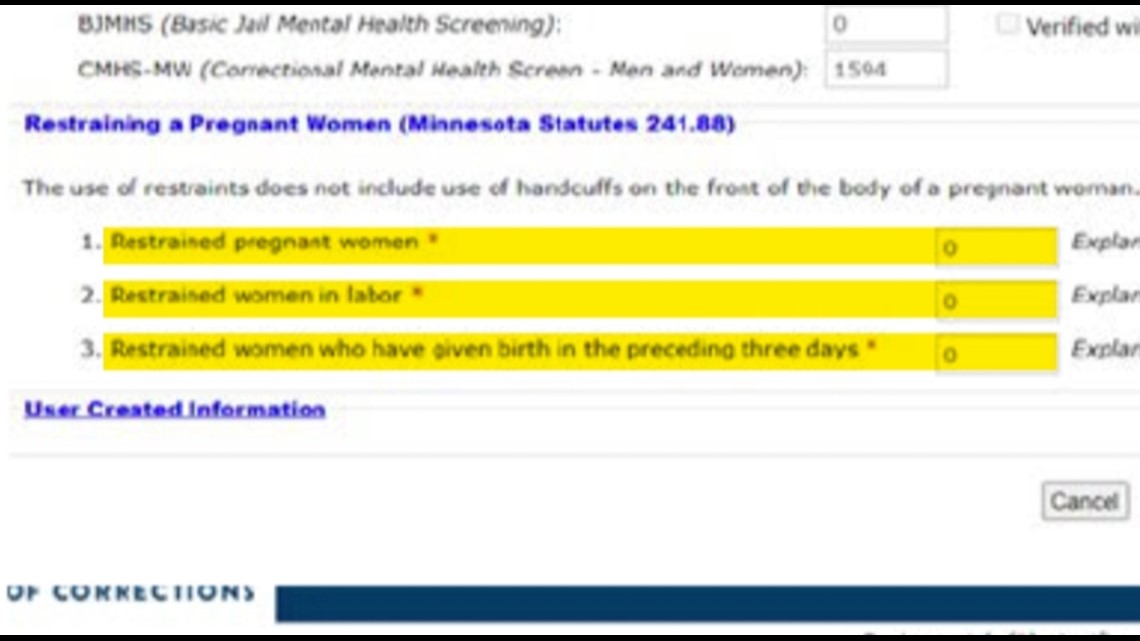
That case – and Sara’s shackling – both took place in 2020, but Hennepin County reported zero instances of using restraints on pregnant inmates last year to the DOC, records show.
Even though records reveal the Corrections Department was aware of one of the incidents, its annual report to the legislature also listed zero shackling cases in the county.
Reforms pledged
Asked why reports were not investigated and the Hennepin case was not followed up on, Schnell blamed bad record keeping and failures by the DOC’s former jail inspection unit manager.
That manager was placed on administrative leave and ultimately resigned last fall following KARE 11’s reporting on similar failures by the inspection unit to properly investigate medical neglect reports related to jail deaths.
“This is exactly the same stuff,” Schnell said.
Schnell said the DOC’s prior practice was to only tell the legislature about restraint cases that had been reported directly by county jails. Complaints that came in from the public were not reported, even if substantiated.
“It was not counted in the same way because it did not come through the formal system of the jails reporting,” Schnell said.
That made DOC reports to the legislature dependent on the information provided to the agency by the counties. But a loophole in the law does not require counties to report cases to the DOC.
Schnell said he has closed that loophole, an authority he did not have until KARE 11’s reporting on preventable inmate deaths prompted lawmakers to pass reforms earlier this year.
“We were a bit of a paper tiger,” Schnell said. “We didn’t have the enforcement capabilities that we do today.”


Schnell said he has now ordered counties to report any instance of restraining pregnant inmates to the DOC within ten days, and as a result of KARE 11’s investigation, the DOC has changed its practices to ensure that each report is investigated and made known to lawmakers.
“Ultimately, we need to protect the moms as well as their unborn babies,” Schnell said.
Shackling lawsuit
In a federal lawsuit, Sara claims her shackling by Hennepin County authorities was “brutal, sadistic and unconscionable.”
Asked why the use of restraints on Sara was never reported to the DOC, Hennepin County Sheriff spokesman Andy Skoogman declined to comment, citing the lawsuit.
Sara filed her lawsuit after Maple Grove police wrongly suspected her husband had stolen a snow blower from Menards and raided their home.
KARE 11’s review of video and audio revealed officers began kicking in the couple’s door just 27 seconds after first knocking.


Sara was cooking dinner at the time and called 911 to report a break-in.
Sara’s husband, Faris, feared it was a home invasion and fired shots. Police fired back.
Both Faris and Sara were arrested. Charges were never filed against Sara, but she was held for 36 hours while police investigated. It would take a year and a half before prosecutors dropped first degree assault charges against Faris.
In her lawsuit, Sara accuses Hennepin County guards of shackling her for several hours while she was in active labor, including when she needed to use the bathroom.
When her 36-hour hold was up, she says deputies took off the shackles and left her in the hospital. She delivered her baby a few hours later.
“They took away my happiness that day,” Sara said.

